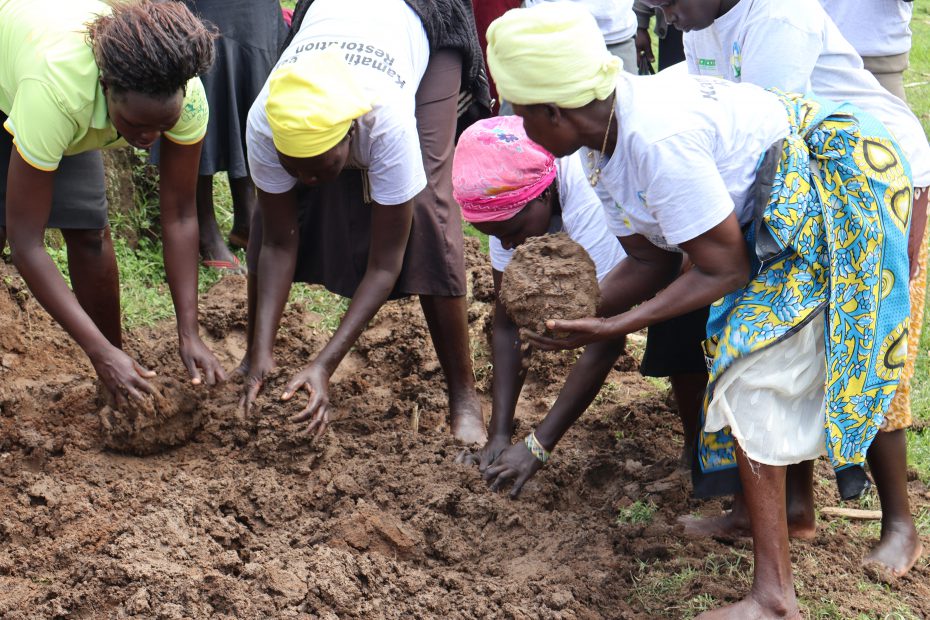At a glance, Jikos is an energy-saving, low-cost and low-maintenance cookstove found in most homes near the Kamatira forest in the town of Chepareria, West Pokot in Kenya. It makes sense for most families to house Jikos in their kitchen — it works like an oven, a heater, a cookstove, and an incubator for baby chicks. Many are aware that the invention of Jikos was out of necessity for the women in the Kamatira region. Most women have turned to poultry farming and running tree nurseries as a means to earn their economic freedom and decision-making power in the household. So, a Jikos provides them with a space to incubate the baby chicks so that they don’t lose them. This is why most Jikos are handmade by the women in the community as a team as per their needs. In a way, each Jikos is a labour of love and camaraderie. Let’s look at the step-by-step process of making a Jikos as shown in the pictures below.
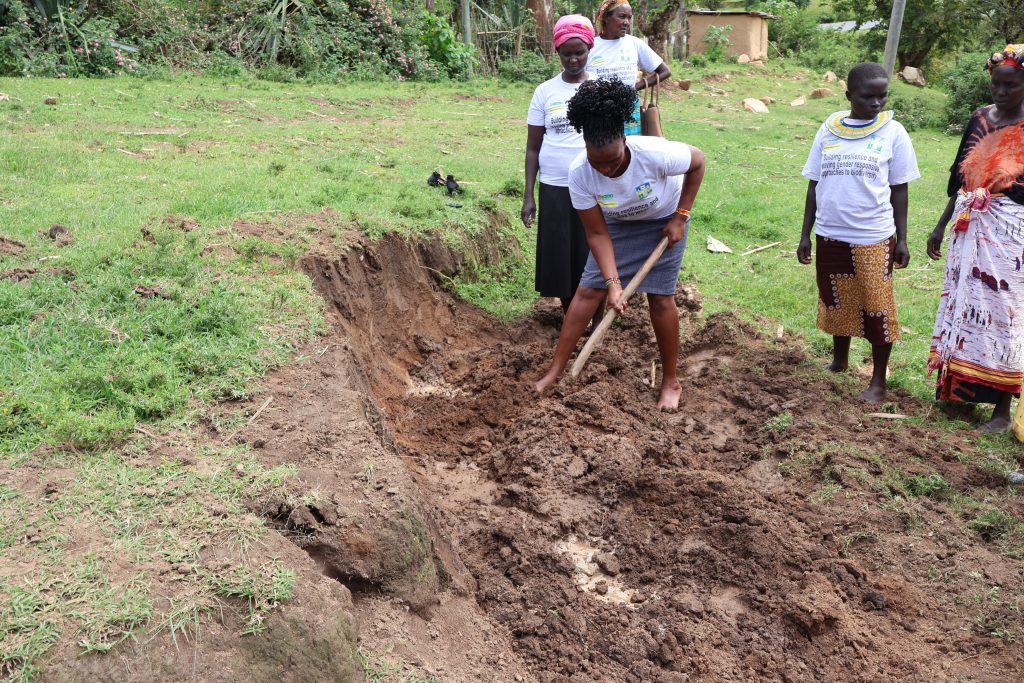
Most raw material needed to create Jikos is the mud readily available around their home. The women dig up as much as they would need to create a fully-functioning Jikos.
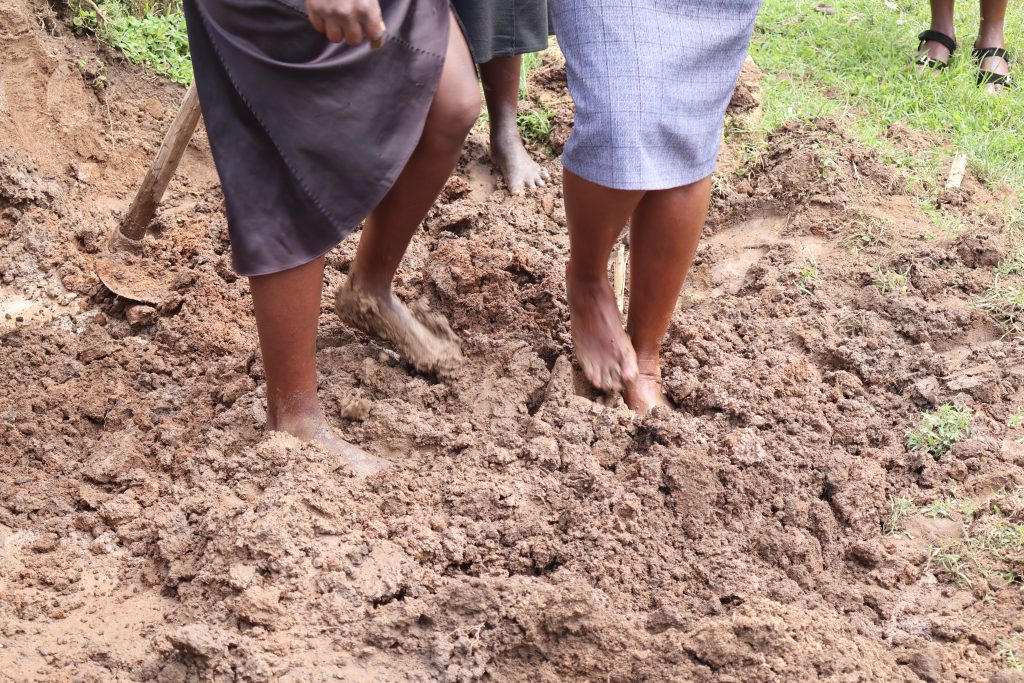
Next, the women mix the mud with water and knead it with their feet to make it soft and malleable.
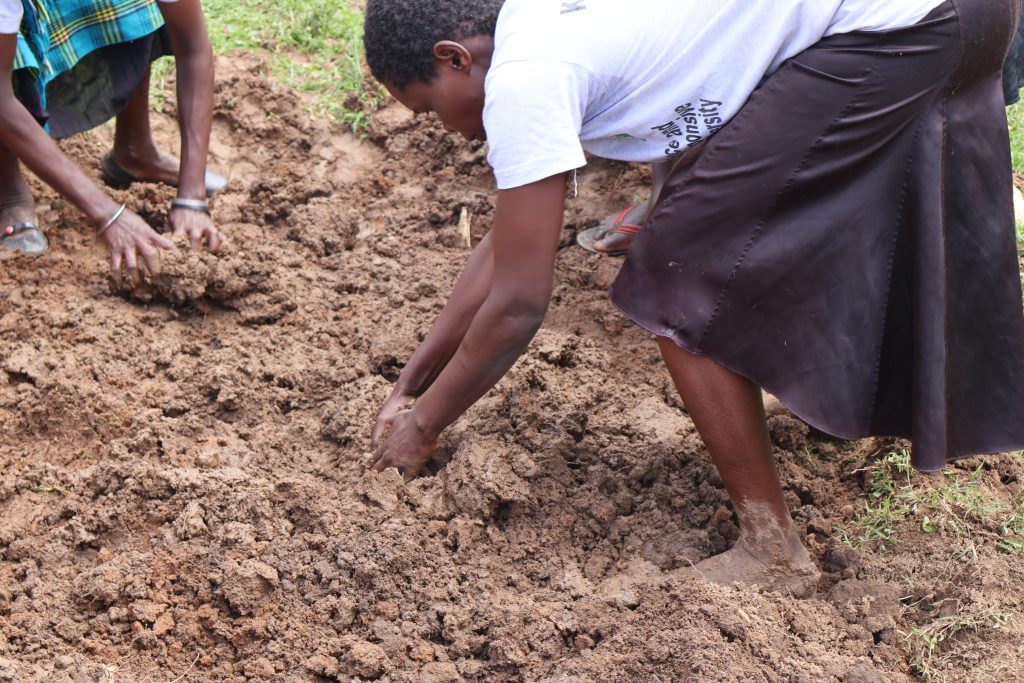
The mud is then rolled up in medium-sized balls.
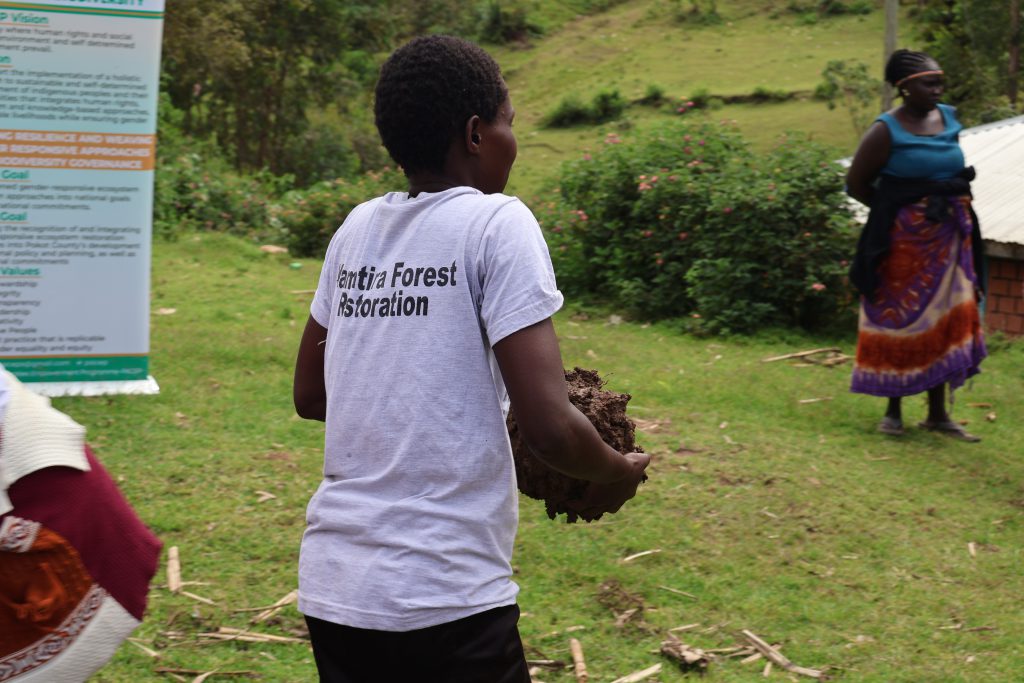
These mud balls are then transported to the location of the Jikos to be used.
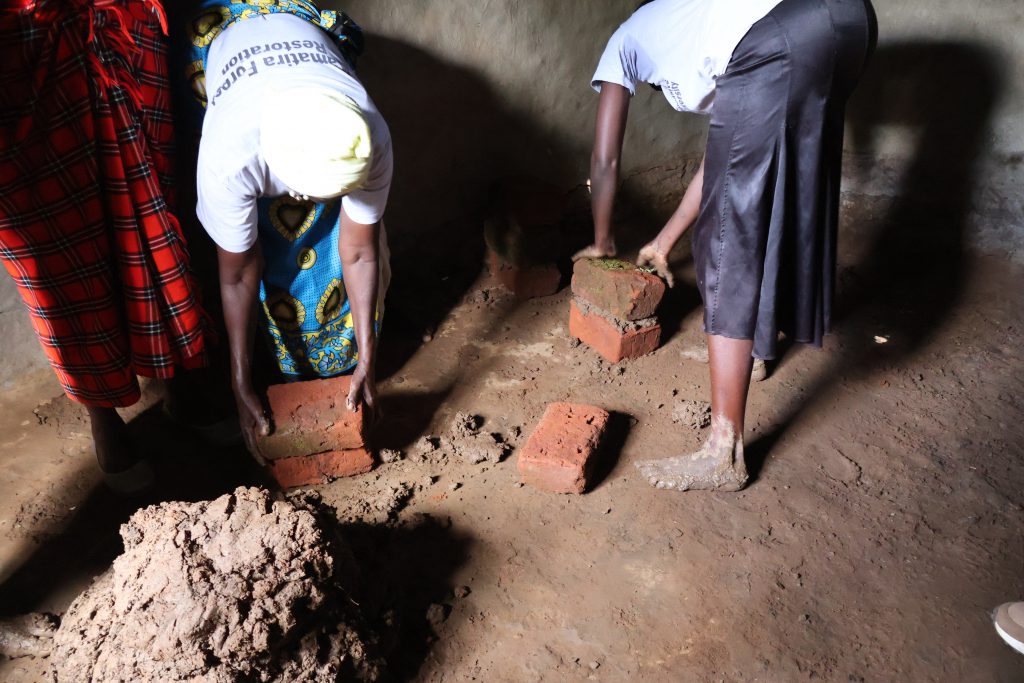
Bricks are used to create the foundation for the Jikos.
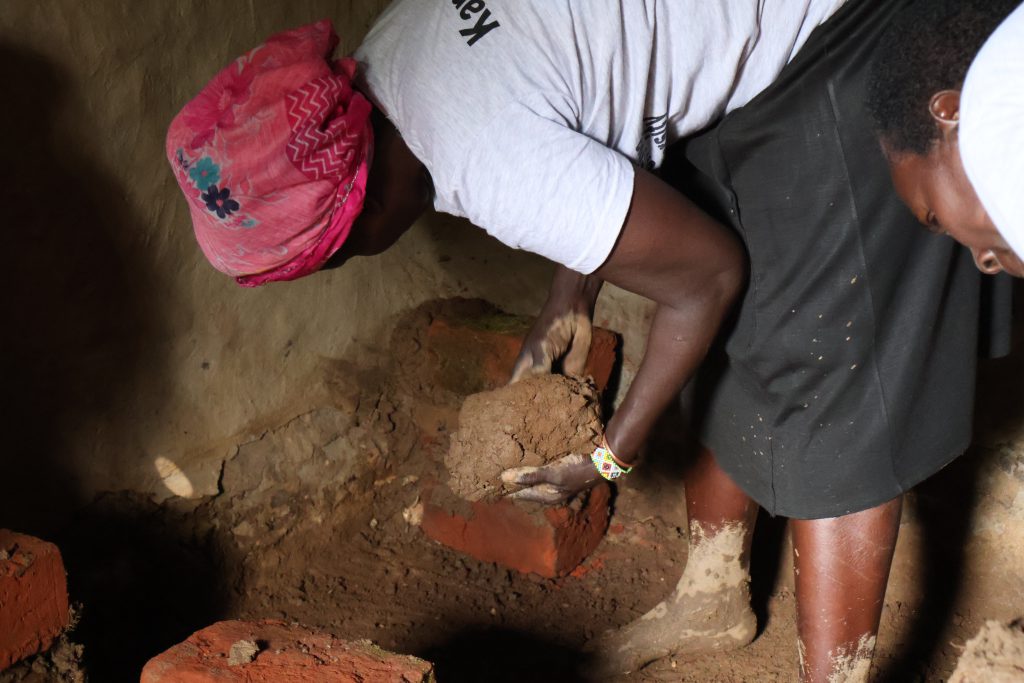
The foundational bricks are covered with the soft and malleable mud that they had kneaded before.
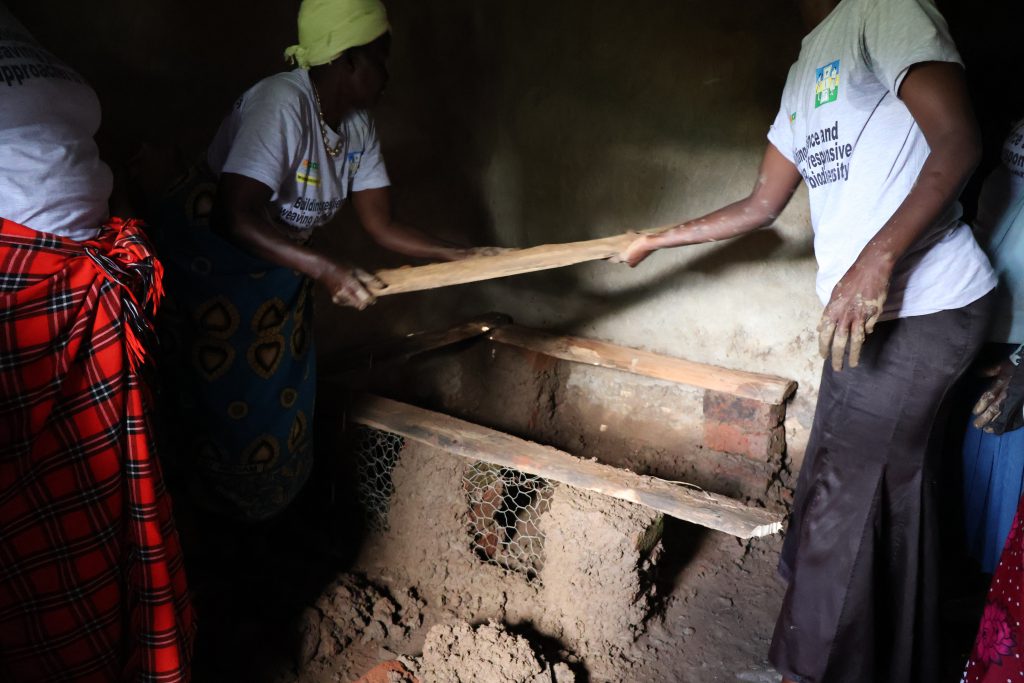
The bricks are covered with steel wire and mud to create ventilation pockets for areas to use as incubator zones for the baby chicks.
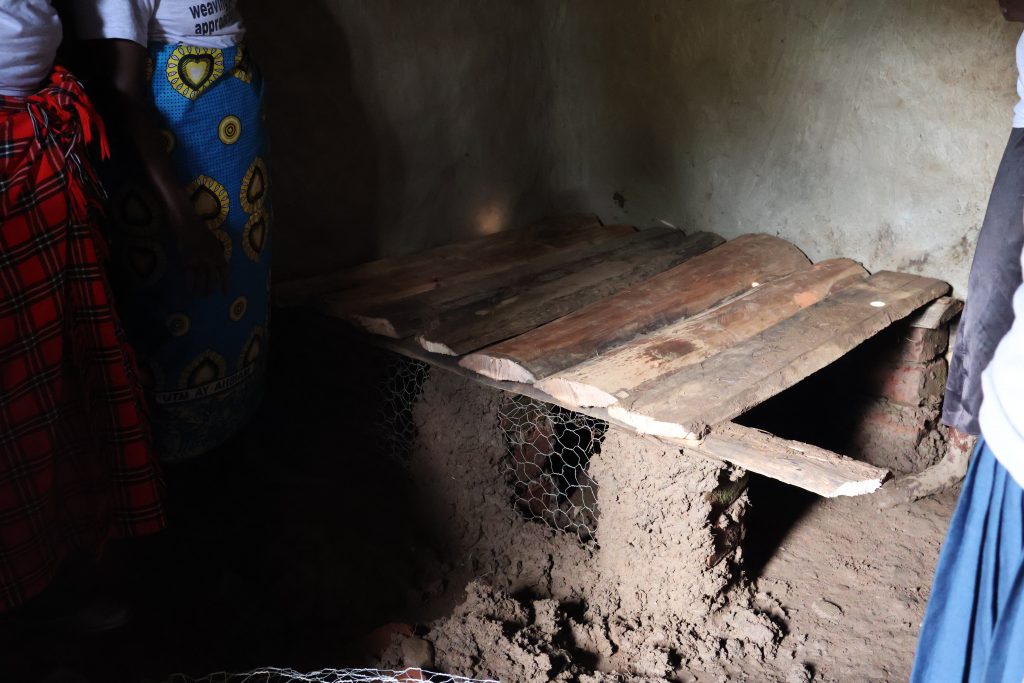
Wooden planks are placed on top to create the cookstove area.
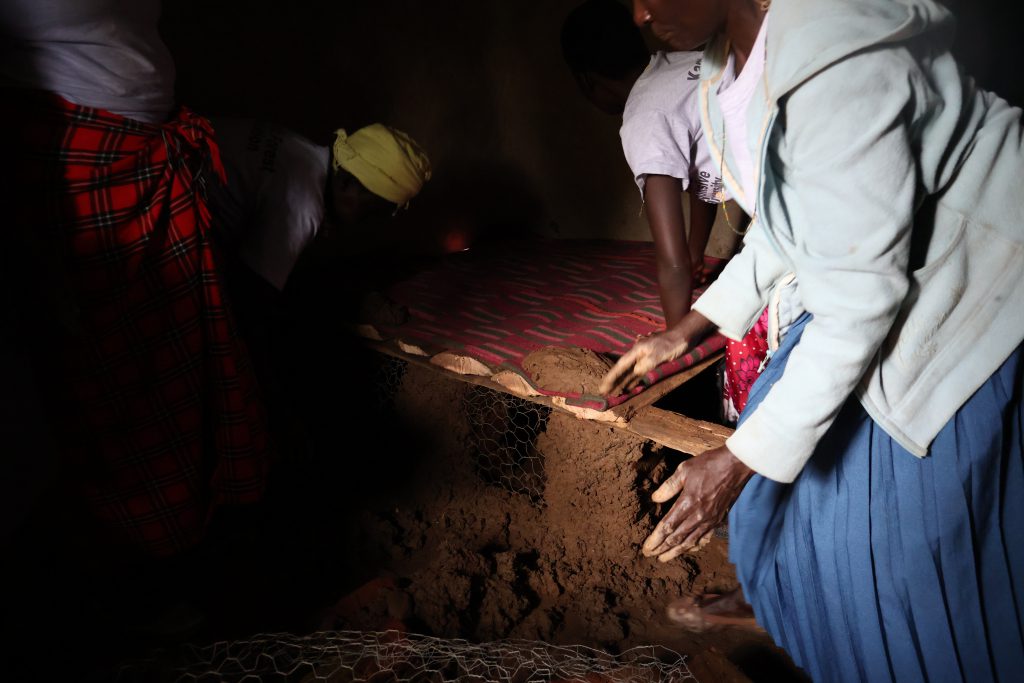
The wooden planks are then covered with a thick blanket with another layer of mud on top to disperse and retain heat evenly.
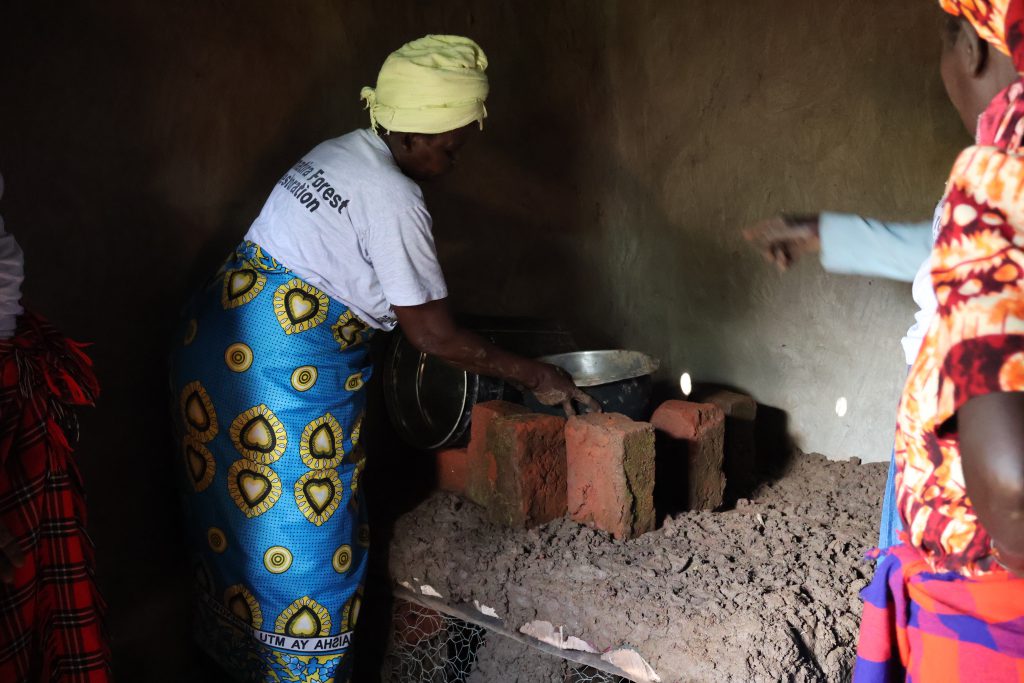
The cooking area is then prepared by measuring the size of the utensils. A steel drum is also placed beside it to create an oven or a heating space for food.
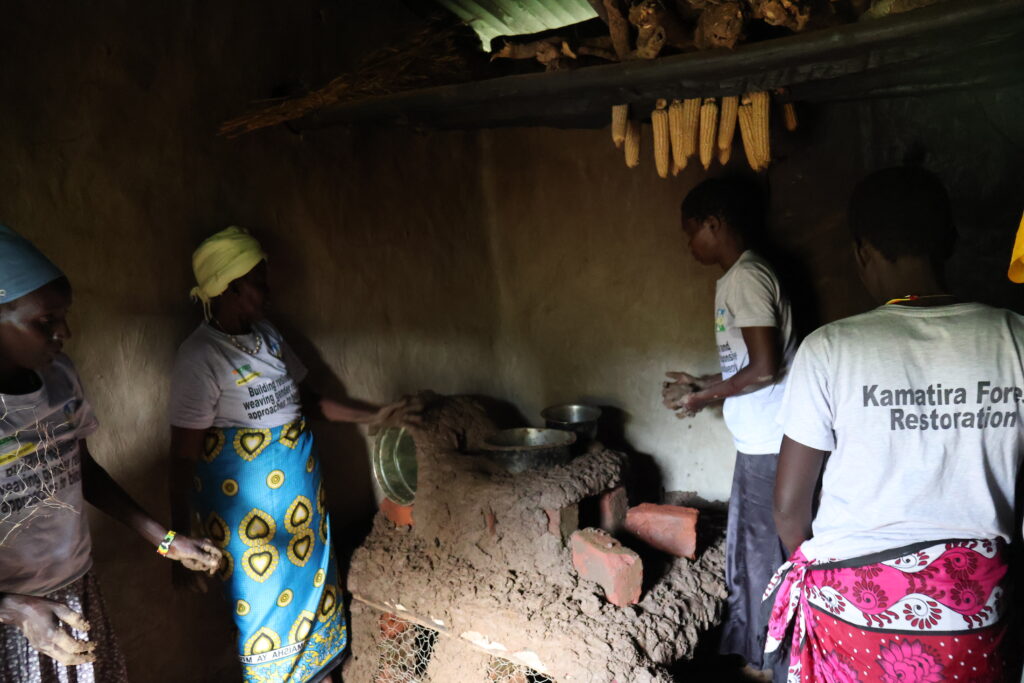
The bricks and the steel drum are covered with an outer layer of mud.
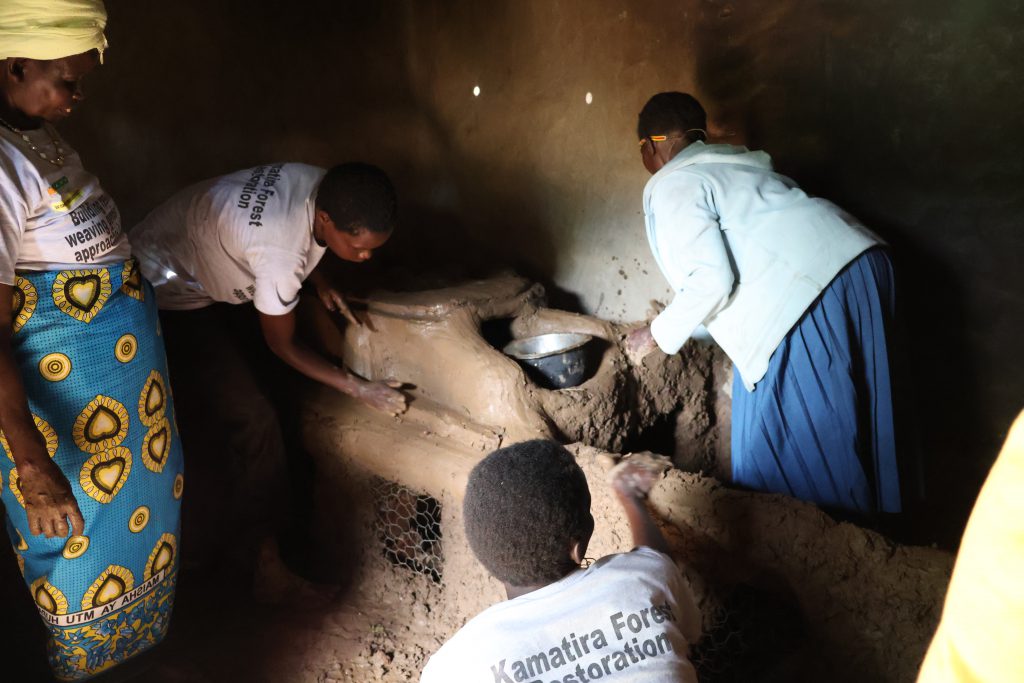
Finally, the exterior is smoothened with water as the last finishing touch.
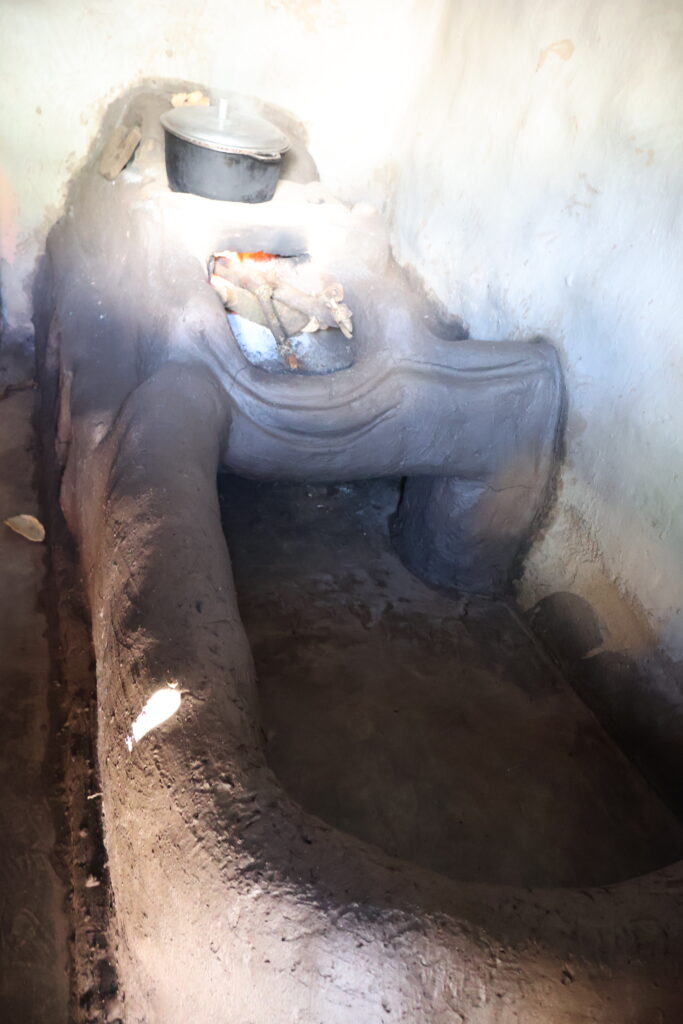
The freshly made Jikos is then left to dry for at least 3 days before it can be used. It takes about 2 hours and multiple helping hands to create the cookstove. In one day, the women can build about 4-5 Jikos. Above is a picture of a functioning Jikos.
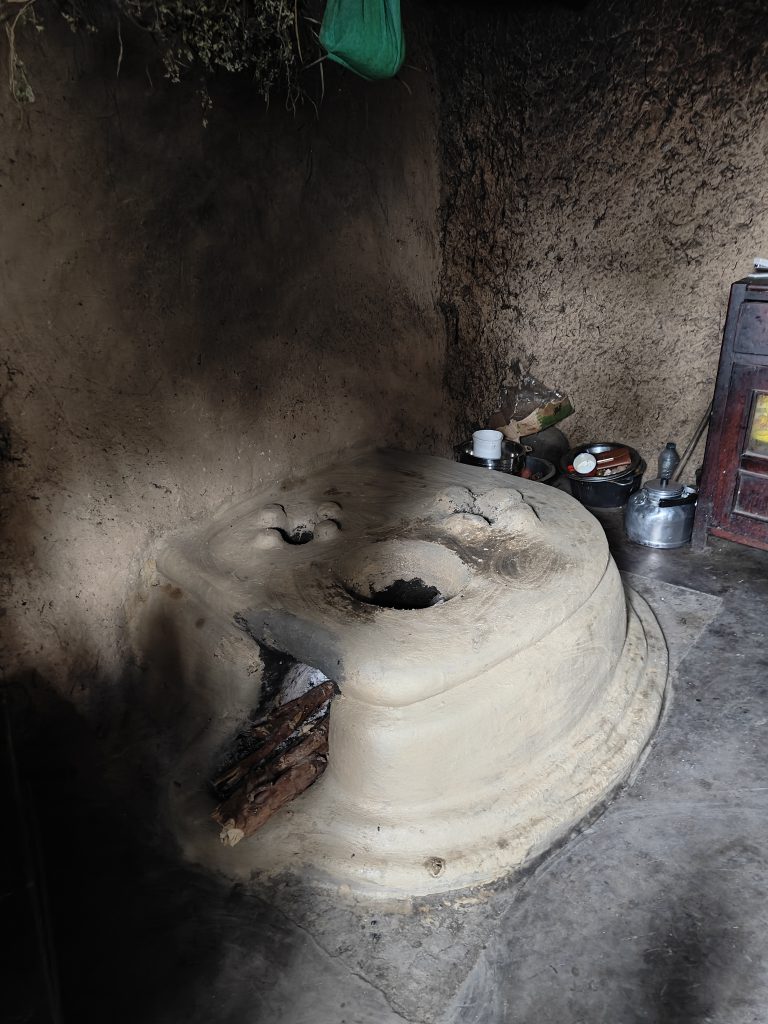
The customisation aspect of Jikos is what gives flexibility to the designs as per the needs of the households. The above shown Jikos does not have an incubation area for baby chicks.
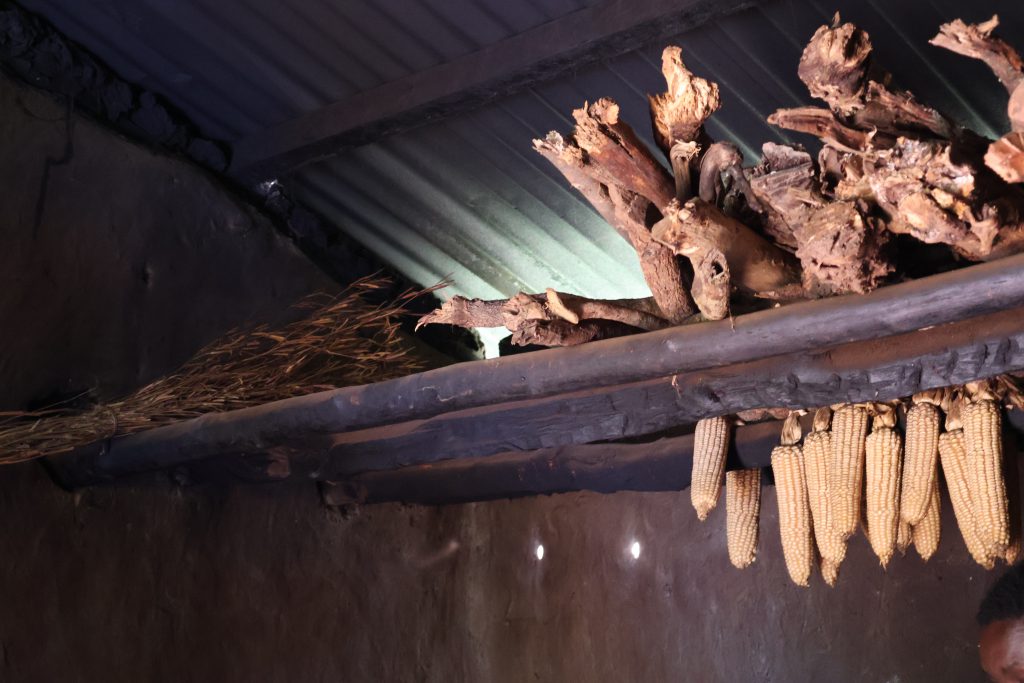
The area right above the Jikos is also used as a ‘seed bank’ where corn/maize and other vegetables are dried and stored to be replanted in the appropriate season.


